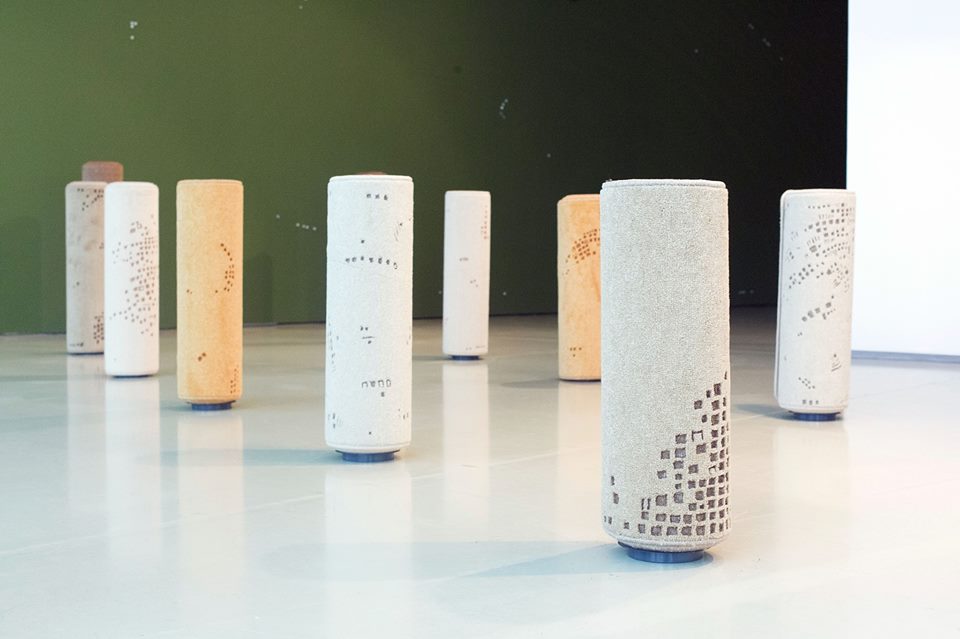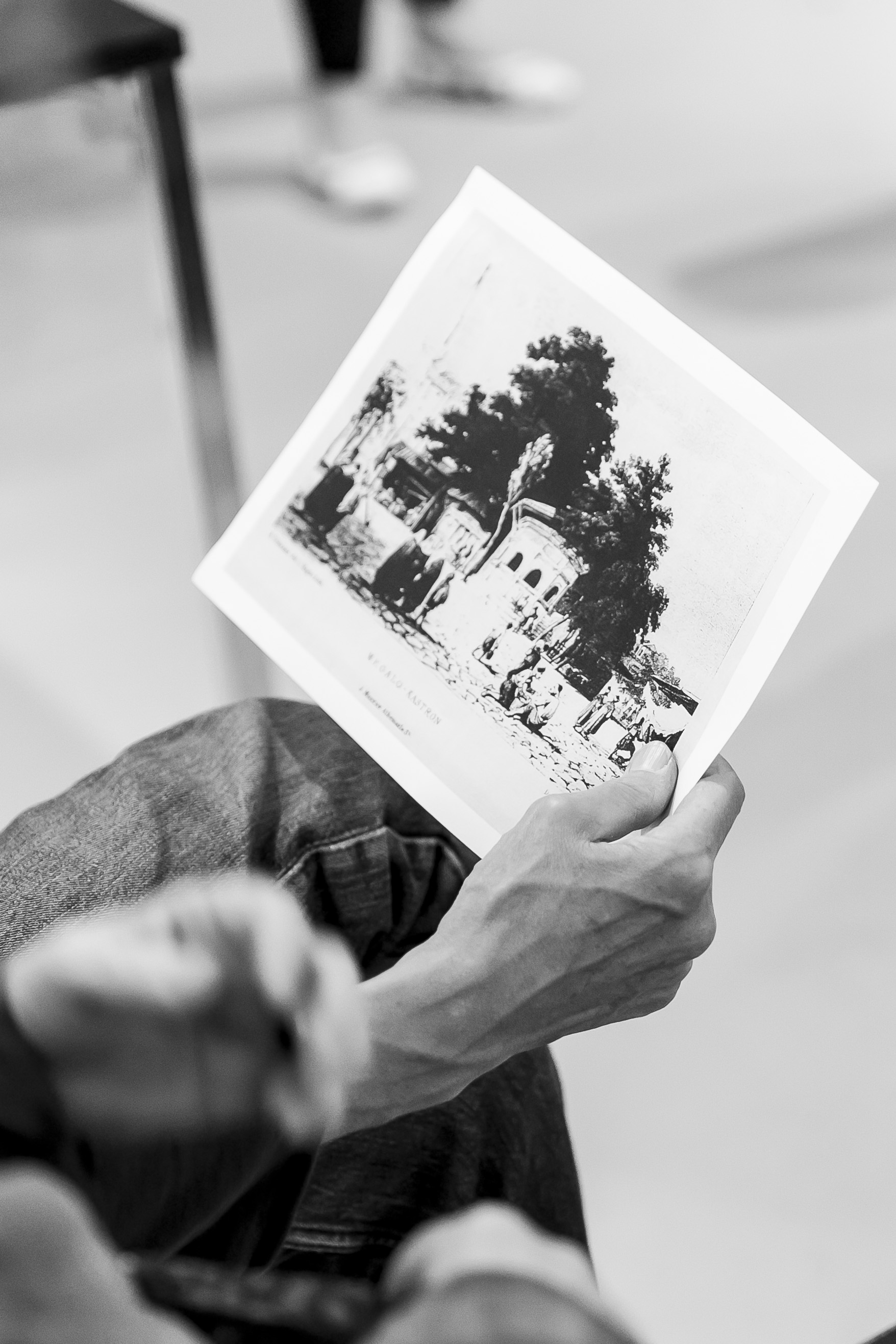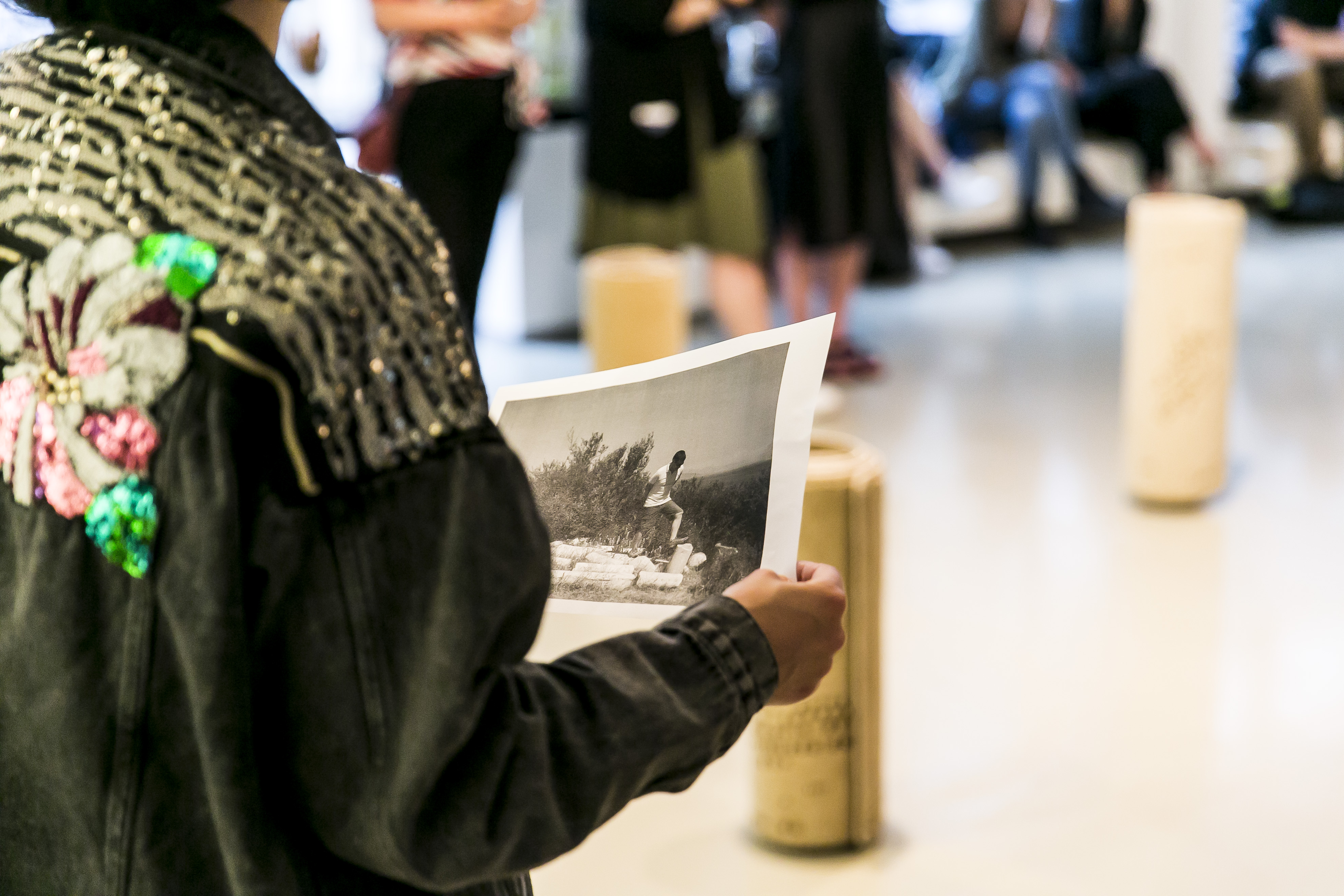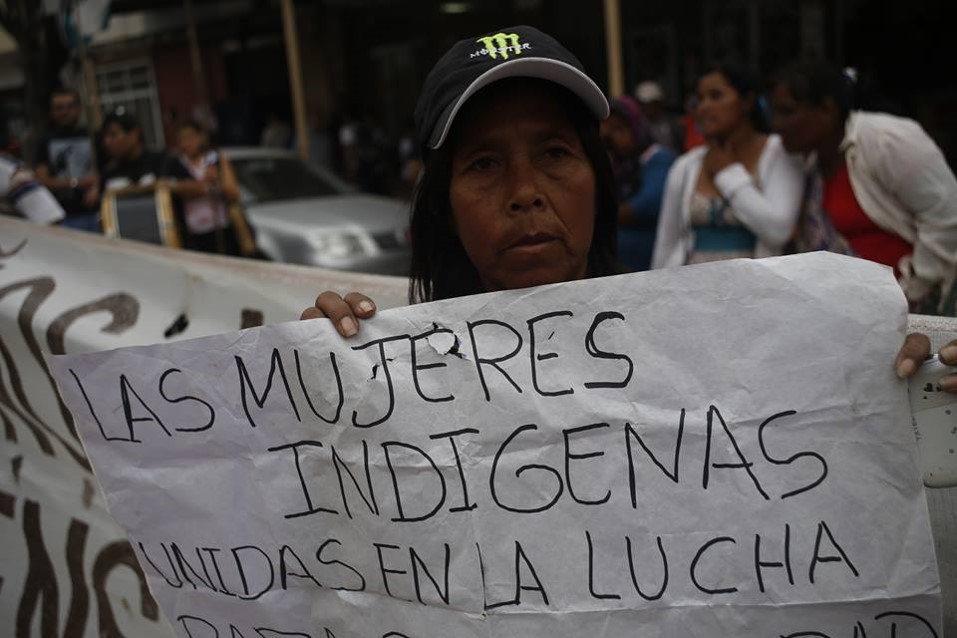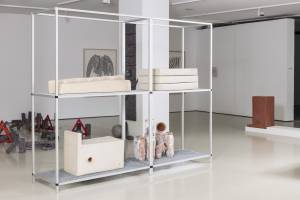„It used to be easy for us to draw up idols and ornaments to please those friends who still remained loyal to us.
The ropes have broken; only the grooves on the well’s lip remind us of our past happiness“
George Seferis, Mythistorema
With Hera Büyüktaşcıyan
Curated by Nat Muller
Hera Büyüktaşcıyan’s solo exhibition Neither on the Ground, nor in the Sky comprises newly commissioned work that poetically explores what migration, cultural heritage, belonging and displacement mean. The project is inspired by a floor mosaic in Berlin’s Pergamon Museum known as the Alexandrine Parakeet Mosaic (160–150 BC) that was taken from the ancient Palace of Pergamon (now Bergama in Turkey). While the provenance and ownership of antiquities and colonial artefacts is currently debated extensively in academia and museum circles – this forms the political backdrop to the project – Büyüktaşcıyan broadens these notions and takes us on a journey that traverses time and place by touching on universal sensibilities such as loss, identity, and history.
The past cloaks our perception and knowledge of the present. Knowing that the past lies behind us, it might function as a soothing blanket we can wrap around ourselves. At the same time however, the past can entrap us and prevent us from looking beyond that very knowledge. This sentiment is expressed in The Observers, a pair of delicate porcelain parakeets wrapped in artisanal rugs. Like sentinels, they observe the passing of time and monitor the material residues of the past. Which traces of history endure, which have become latent, and which are absent? Is it possible at all to escape the fragmentary and volatile nature of memory and derive meaning from ruin?
The tension between history’s material presence on the one hand and its haunted evanescence on the other is beautifully articulated through two other carpet-based works: the installation Foundations and the floor piece Panta Rhei. Carpets feature throughout this exhibition as a counterpoint to the birds. They combine the stationary, warming and comforting features of home with scope to become an impromptu means to wrap one’s belongings when suddenly forced to flee. For those who have lost their home, a carpet can be laid out to create a private space of refuge that instils a sense of belonging within its limited parameters.
In Foundations, a walkway of rolled-up carpets with mosaic patterns welcomes the viewer to stroll through the pillars of a space long lost, the stoa of the Pergamon library. A monumental yet mobile installation, these rolls resemble the parchment scrolls that once filled Pergamon’s celebrated library. Their fabric scorched with the patterns of mosaics, they also read as notational scores that chronicle Pergamon’s ancient past, as well as its more recent turbulent history.
In Panta Rhei, the title referencing Heraclitus’ idea that “everything flows”, carpets are layered one on top of the other, each featuring the Alexandrine parakeet mosaic. Here too, memory’s fragmentary, mutable and to an extent undisclosed nature is expressed like a volatile palimpsest that flows from the remnants of the past to a rearticulated present. In this piece the artist has referenced the architectural foundations of the Altar of Zeus in Pergamon. The present-day excavation site, overrun by weeds, forms a habitat for snakes. This piece points to loss and separation, referencing the famed friezes now housed at the Pergamon museum in Berlin.
The challenges of representing the ghosts, as well as the narrative mechanics, of history come to the fore in Icons for Birds on Stones, a series crafted from archival images of the Pergamon excavation site using carbon paper and pencil. These spectral rubbings, exhibited as building blocks, make up the research basis of the narrative that Hera Büyüktaşcıyan is sharing with us here.
In Neither on the Ground, nor in the Sky Büyüktaşcıyan offers a temporality that is non-linear, a place that neither reaches to the sky nor touches the ground, and travels through history that primarily turn us to our unruly present.
